"2018 YEAR OF DOG"
CREATIVITY & DISRUPTION
"2018 Year of Dog"
NEW OPPORTUNITIES IN THIS LUNAR NEW YEAR
"2018 Year of Dog"
NEW OPPORTUNITIES IN THIS LUNAR NEW YEAR

OPEN YOU MIND TO NEW OPPORTUNITIES! With this new moon beginning of a new cycle, celebrating lunar new year! 2018 is the year of the earth Dog on Chinese zodiac. Welcome this new Lunar year with passion, creativity, changes & lot of disruption... "I hope that in this year to come, you make mistakes. Because if you are making mistakes, then you are making new things, trying new things, learning, living, pushing yourself, changing yourself, changing your world. You're doing things you've never done before, and more importantly, you're doing something" Neil Gaiman.Chinese New Year in modern Mainland China, is an important Chinese festival celebrated at the turn of the traditional lunisolar Chinese calendar. The New Year festival is centuries old and gains significance because of several myths and traditions. Traditionally, the festival was a time to honor deities as well as ancestors.
picture:
"L'ANNÉE DU CHIEN DE LA TERRE"
Welcome this new Lunar year with passion, creativity, changes & lot of disruption...
What a Year of the DOG Is?
Every 12 years there is a DOG year, beginning at Chinese New Year. A year of the DOG always comes after a Rooster year and before a year.
Years of the DOG include 1934, 1946, 1958, 1970, 1982, 1994, 2006, 2018, and 2030.
In Chinese astrology, each zodiac year is not just associated with an animal sign, but also one of five elements: Gold (Metal), Wood, Water, Fire, or Earth. Both the zodiac sign and the element shape the astrology of the year. For example, 2017 is a Fire Rooster year. Element-sign combinations recur every 60 years.
CHINESE ZODIAC
The Chinese zodiac is the classification scheme that assigns an animal to each year in a repeating twelve-year cycle. The 12-year cycle of Chinese zodiac is an approximation to the 11.86-year cycle of Jupiter, the largest planet of the solar system. It is a scheme and systematic plan of future action that relates each year to an animal and its reputed attributes according to a 12-year cycle. It and its variations remain popular in several East Asian countries including China, Vietnam, Burma, Korea, Japan, Mongolia, Nepal, Bhutan, Sri Lanka, Cambodia, Laos and Thailand as well as the Buddhist calendar.
Identifying this scheme using the term "zodiac" reflects several superficial similarities to the Western zodiac: both have time cycles divided into 12 parts, each labels at least the majority of those parts with names of animals, and each is widely associated with a culture of ascribing a person's personality or events in his or her life to the supposed influence of the person's particular relationship to the cycle. Nevertheless, there are major differences: the Chinese 12-part cycle corresponds to years, rather than months. The Chinese zodiac is represented by 12 animals, whereas some of the signs in the Western zodiac are not animals, despite the implication of the Greek etymology of "zodiac". The animals of the Chinese zodiac are not associated with constellations spanned by the ecliptic plane.
SIGNS
The zodiac traditionally begins with the sign of the Rat. The following are the twelve zodiac signs (each with its associated Earthly Branch) in order and their characteristics.
Rat – 鼠 (子) (Yang, 1st Trine, Fixed Element Water)
Ox – 牛 (丑) (Yin, 2nd Trine, Fixed Element Earth)
Tiger – 虎 (寅) (Yang, 3rd Trine, Fixed Element Wood)
Rabbit – 兔 or 兎 (卯) (Yin, 4th Trine, Fixed Element Wood)
Dragon – 龍 / 龙 (辰) (Yang, 1st Trine, Fixed Element Earth)
Snake – 蛇 (巳) (Yin, 2nd Trine, Fixed Element Fire)
Horse – 馬 / 马 (午) (Yang, 3rd Trine, Fixed Element Fire)
Goat – 羊 (未) (Yin, 4th Trine, Fixed Element Earth)
Monkey – 猴 (申) (Yang, 1st Trine, Fixed Element Metal)
Rooster – 雞 / 鸡 (酉) (Yin, 2nd Trine, Fixed Element Metal)
Dog – 狗 / 犬 (戌) (Yang, 3rd Trine, Fixed Element Earth)
Pig – 豬 / 猪 (亥) (Yin, 4th Trine, Fixed Element Water)
In Chinese astrology the animal signs assigned by year represent what others perceive you as being or how you present yourself. It is a common misconception that the animals assigned by year are the only signs and many western descriptions of Chinese astrology draw solely on this system. In fact, there are also animal signs assigned by month (called inner animals), by day (called true animals) and hours (called secret animals).
While a person might appear to be a Dragon because they were born in the year of the Dragon, they might also be a Snake internally, an Ox truly, and a Goat secretively.
A conflict between a person's zodiac sign and how they live is known as tai sui or kai sui.
LUNAR NEW YEAR
Lunar New Year is the first day of a secular, sacred, or other guise whose months are coordinated by the cycles of the moon. The whole year may account to a purely lunar calendar, which is not coordinated to a solar calendar (and, thus, may progress or retrogress through the solar year by comparison to it, depending on whether the lunar calendar has more or fewer than 14 months); or the year may account to a lunisolar calendar, whose months coordinate to the cycles of the moon but whose length is periodically adjusted to keep it relatively in sync with the solar year - typically by adding an intercalary month, when needed. For example, in the Tenpō calendar, a Japanese lunisolar calendar which was used until 1872, the first day of the year is, theoretically and basically, the day of second new moon after the winter solstice (the lunar month which includes the winter solstice is fixed to the eleventh month.) In the Chinese Chongzhen calendar, the first day of the year is theoretically similarly determined as the Tenpō calendar as long as there is no leap month between the winter solstice (dongzhi 冬至) and another solar term Yushui (雨水). The leap month in the Chongzhen calendar is added when there are 13 lunar months between a winter solstice and the lunar month which includes the next winter solstice, and the leap month is the first lunar month which doesn't include any of the twelve solar terms (zhongqi 中気).
Chinese New Year, also known as the "Spring Festival" (simplified Chinese 春节; traditional Chinese 春節; Pinyin: Chūn Jié)
Celebrations traditionally run from the evening preceding the first day, to the Lantern Festival on the 15th day of the first calendar month. The first day of the New Year falls on the new moon between 21 January and 20 February. In 2017, the first day of the Chinese New Year is on Saturday, 28 January, initiating the year of the Rooster.
Chinese New Year is celebrated in countries and territories with significant Chinese populations, including Mainland China, Hong Kong (officially as Lunar New Year), Macau, Taiwan, Singapore, Indonesia, Malaysia, Thailand, Vietnam, Cambodia, Mauritius and Australia, and the Philippines. Chinese New Year is considered a major holiday for the Chinese and has had influence on the lunar new year celebrations of its geographic neighbours.
Happy New Year, I wish you good health and lasting prosperity.
Within China, regional customs and traditions concerning the celebration of the Chinese New Year vary widely. Often, the evening preceding Chinese New Year's Day is an occasion for Chinese families to gather for the annual reunion dinner. It is also traditional for every family to thoroughly cleanse the house, in order to sweep away any ill-fortune and to make way for good incoming luck. Windows and doors will be decorated with red color paper-cuts and couplets with popular themes of "good fortune" or "happiness", "wealth", and "longevity". Other activities include lighting firecrackers and giving money in red paper envelopes. Among about one third of the Mainland population, or 500 million Northerners, dumplings (especially those of vegetarian fillings) feature prominently in the meals celebrating the festival.
- “As the new sun rises in a brand New Year may it bring you good luck, prosperity, joy and contentment. “
- “Just as you usher in lights, lanterns and other forms of illuminations to welcome the New Year, may the New Year usher in for you new hopes, dreams and aspirations. “
- “May this New Year bring your way all that is the very best for you and your dear ones. “
- “One year goes by taking with it a set of hopes and aspirations. Another year comes in with bundles of new opportunities to relive your dreams and realize your goals. “
- “Each day of the New Year is like a page of a book – potent with lessons and adventures thereby creating memories to last you a lifetime. “
The lunisolar Chinese calendar determines the date of Chinese New Year. The calendar is also used in countries that have been influenced by, or have relations with, China – such as Korea, Japan and Vietnam, though occasionally the date celebrated may differ by one day or even one moon cycle due to using a meridian based on a different capital city in a different time zone or different placements of intercalary months.
The first day is for the welcoming of the deities of the heavens and earth, officially beginning at midnight. It is a traditional practice to light fireworks, burn bamboo sticks and firecrackers and to make as much of a din as possible to chase off the evil spirits as encapsulated by nian (Chinese: 年) of which the term guo nian (simplified Chinese: 过年; traditional Chinese: 過年; pinyin: guònián) was derived. Many people, especially Buddhists, abstain from meat consumption on the first day because it is believed that this will ensure longevity for them. Some consider lighting fires and using knives to be bad luck on New Year's Day, so all food to be consumed is cooked the days before. On this day, it is considered bad luck to use the broom.
Most importantly, the first day of Chinese New Year is a time to honor one's elders and families visit the oldest and most senior members of their extended families, usually their parents, grandparents and great-grandparents.
For Buddhists, the first day is also the birthday of Maitreya Bodhisattva (better known as the more familiar Budai Luohan), the Buddha-to-be. People also abstain from killing animals.
Some families may invite a lion dance troupe as a symbolic ritual to usher in the Chinese New Year as well as to evict bad spirits from the premises. Members of the family who are married also give red envelopes containing cash known as lai see (Cantonese dialect) or angpow (Hokkien dialect/Fujian), or hongbao (Mandarin), a form of blessings and to suppress the aging and challenges associated with the coming year, to junior members of the family, mostly children and teenagers. Business managers also give bonuses through red packets to employees for good luck, smooth-sailing, good health and wealth.
While fireworks and firecrackers are traditionally very popular, some regions have banned them due to concerns over fire hazards. For this reason, various city governments (e.g., Kowloon, Beijing, Shanghai for a number of years) issued bans over fireworks and firecrackers in certain precincts of the city. As a substitute, large-scale fireworks display have been launched by governments in such city states as Hong Kong and Singapore. However, it is a tradition that the indigenous peoples of the walled villages of New Territories, Hong Kong are permitted to light firecrackers and launch fireworks in a limited scale.
According to tales and legends, the beginning of the Chinese New Year started with a mythical beast called the Nian. Nian would eat villagers, especially children. One year, all the villagers decided to go hide from the beast. An old man appeared before the villagers went into hiding and said that he's going to stay the night, and decided to get revenge on the Nian. All the villagers thought he was insane. The old man put red papers up and set off firecrackers. The day after, the villagers came back to their town to see that nothing was destroyed. They assumed that the old man was a deity who came to save them. The villagers then understood that the Nian was afraid of the color red and loud noises. When the New Year was about to come, the villagers would wear red clothes, hang red lanterns, and red spring scrolls on windows and doors. People also used firecrackers to frighten away the Nian. From then on, Nian never came to the village again. The Nian was eventually captured by Hongjun Laozu, an ancient Taoist monk. The Nian became Hongjun Laozu's mount.
THE DOGS PICTURE 3-8 via PIXABAY under CC0
(public domain)











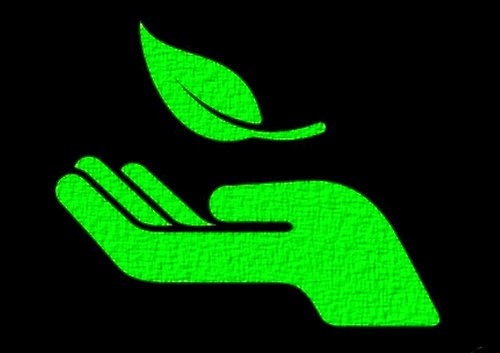









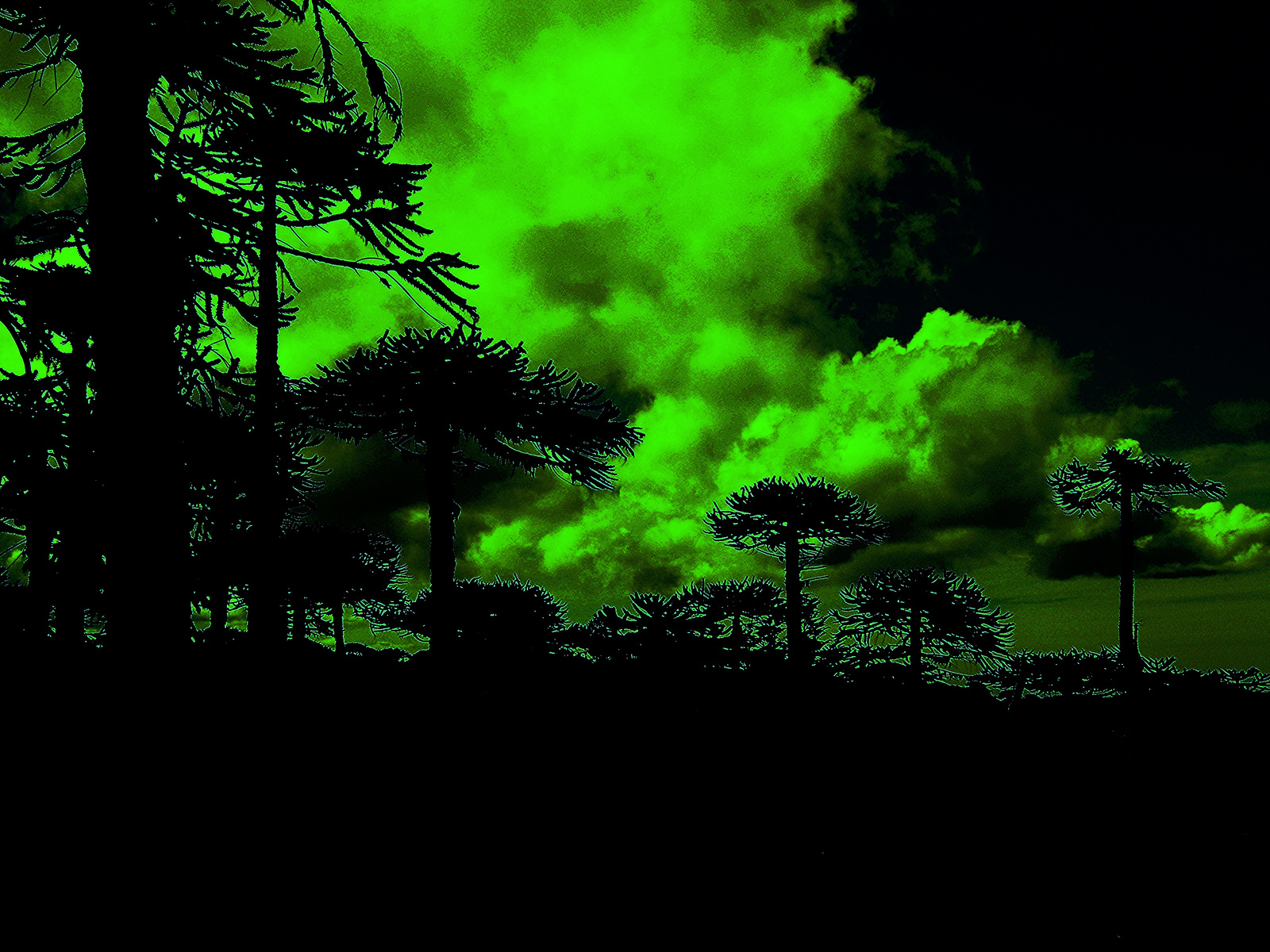

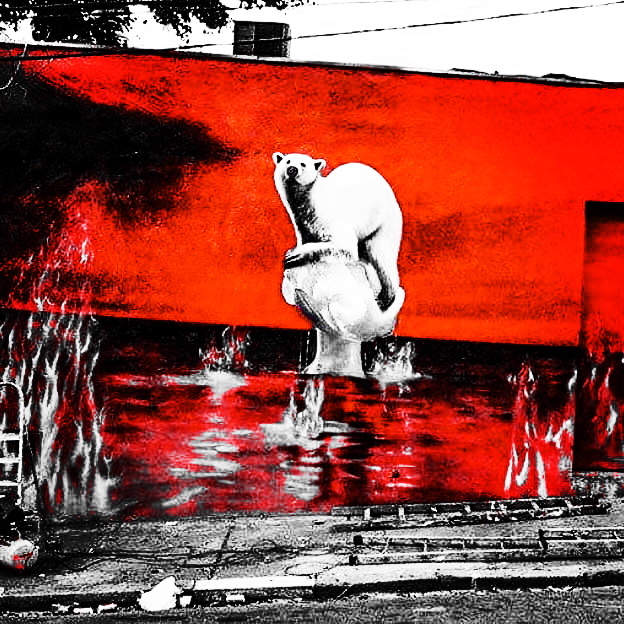
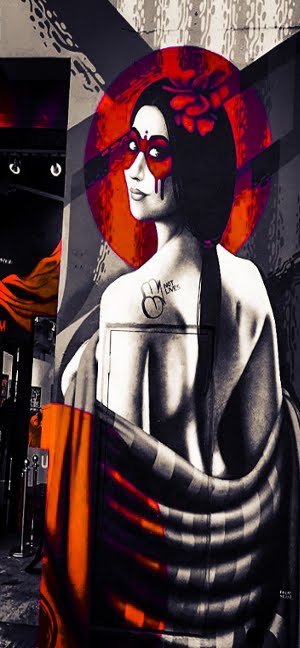

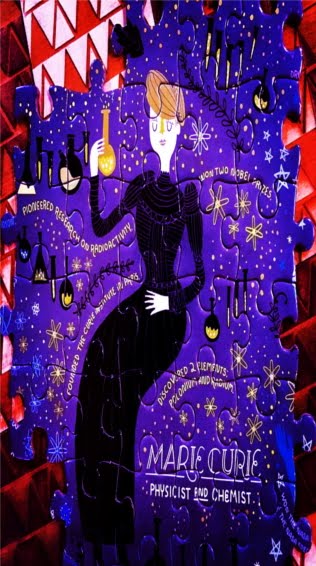



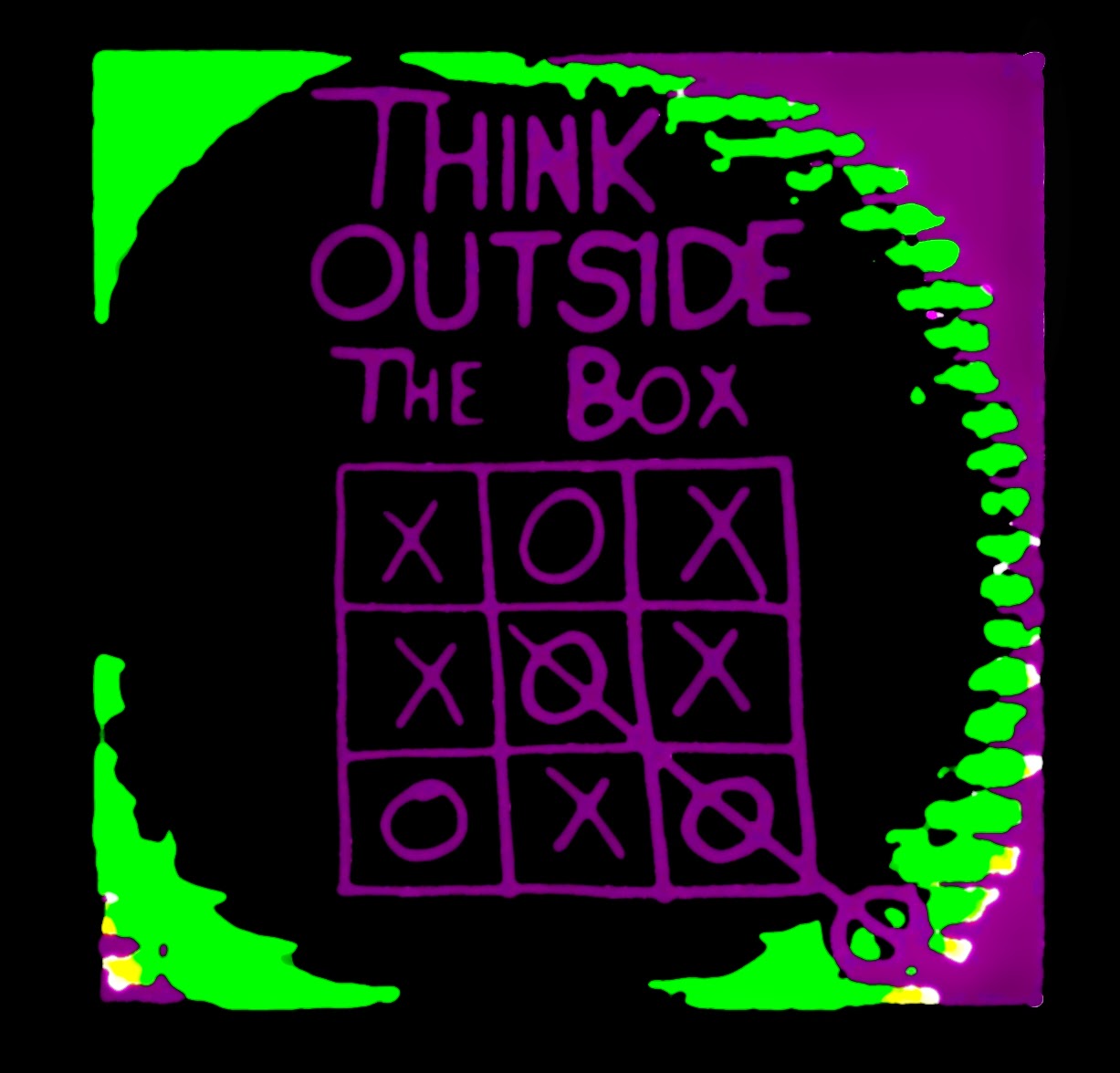
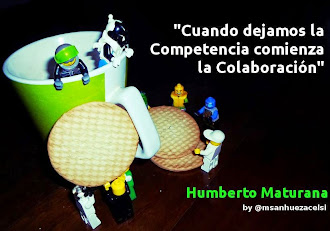
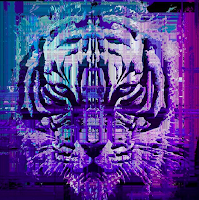












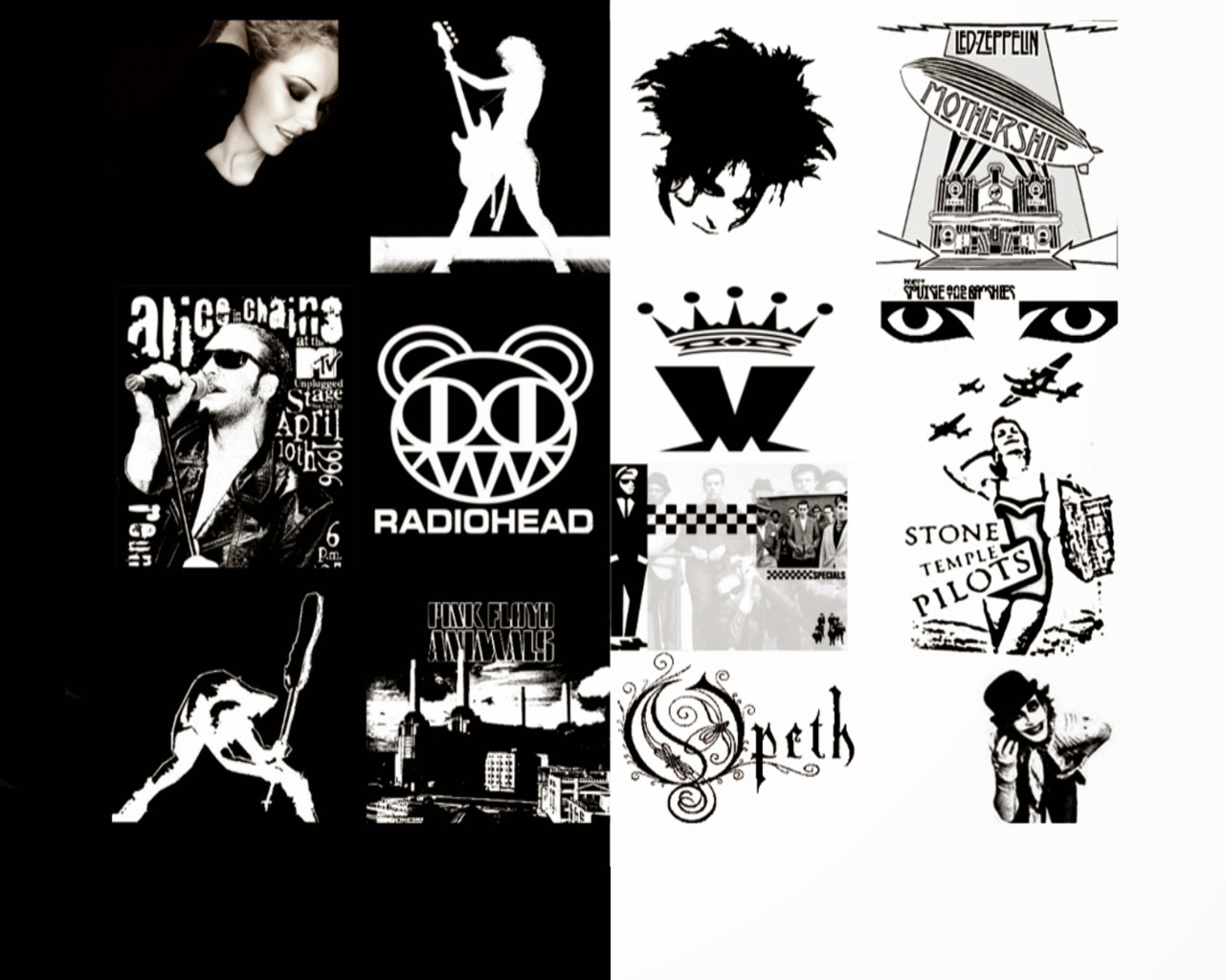


0 comentarios :